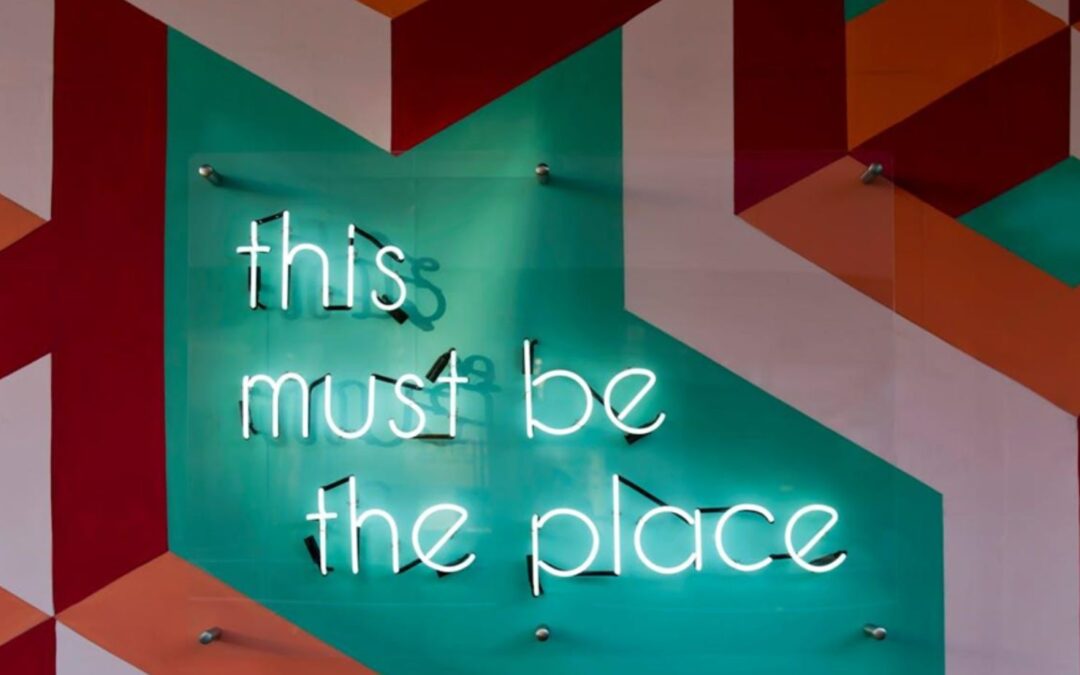Starting a contemporary art collection can seem daunting, especially if you’re new to the art world. However, it can be a profoundly rewarding journey with the right guidance. Whether you’re seeking to beautify your living space, invest in valuable pieces, or simply support artists, this guide will help you confidently begin your art collecting journey.
Understanding Your Artistic Preferences
Before diving into the world of contemporary art, take some time to understand your personal preferences. Ask yourself the following questions:
- What themes resonate with you?
- Do you prefer abstract art or realistic portrayals?
- Are you drawn to modern installations or traditional paintings?
Understanding these aspects will help you focus your collection and create a cohesive aesthetic.
Tips to Discover Your Preferences:
- Visit Galleries: Spend weekends exploring local galleries and observing different styles.
- Art Books and Magazines: Read extensively about art movements and notable artists.
- Online Platforms: Use websites and apps to discover artwork worldwide.
Conducting Thorough Research
Once you know what you like, dig deeper into the art world. Research is crucial for any aspiring art collector. It helps you make informed decisions and avoids costly mistakes.
Research Strategies:
- Attend Art Fairs: These events provide a broad exposure to artists, styles, and current trends.
- Follow Art Blogs and Magazines: Keep up with prominent art publications.
- Visit Museums: Understand the historical context behind art movements and masterpieces.
- Join Art Communities: Engage in conversations with collectors, artist talks, and studio visits.
These activities will expand your knowledge and help you make educated purchase choices.
Setting a Realistic Budget
Determining your budget is a vital step in starting an art collection. Art can range from affordable prints to multi-million dollar pieces. Decide on a budget that aligns with your financial capabilities and stick to it. Remember, good art doesn’t always mean expensive.
Steps to Budgeting:

- Set Limits: Determine your overall financial limit for starting your collection.
- Start Small: Begin with smaller, affordable pieces to understand what you like.
- Diversify: As you gain confidence, gradually diversify your collection by including works from emerging artists and established names.
Keep in mind that art collecting is a long-term journey. Pacing yourself prevents impulsive decisions and ensures better investments.
Finding the Right Sources
Knowing where to look for art is crucial. Different venues offer varied experiences and opportunities to discover unique pieces.
Places to Explore:
- Local Galleries and Art Fairs: Engage with gallery owners and discover local talent.
- Online Art Platforms: Websites like Artsy and Saatchi Art provide access to a global selection of artworks.
- Artist Studios and Open Studio Events: Visiting studios offers a personal connection with the artist and their creative process.
Finding the right sources will diversify your collection and deepen your appreciation for the art world.
Ensuring Authenticity and Building Connections
One of the biggest pitfalls for new art collectors is buying inauthentic pieces. Ensuring the authenticity and provenance of an artwork is crucial.
Verification Methods:

- Certificates of Authenticity: Always request documentation from the seller.
- Gallery Documentation: Trustworthy galleries typically provide detailed histories of the artworks.
- Artist Statements: Obtain a statement directly from the artist if purchasing from their studio.
Building connections within the art community also enriches your collecting experience. Engaging with artists, attending exhibitions, and participating in art community events can offer valuable insights and exclusive opportunities.
Conclusion
Starting a contemporary art collection is a journey of self-discovery and passion. You will build a meaningful and diverse collection by understanding your preferences, conducting thorough research, setting a realistic budget, exploring the right sources, and ensuring authenticity.
More than just an investment, collecting art should be about personal joy and inspiring surroundings. Whether it’s the artwork itself or a personalized led logo sign to mark your collection, embrace the process and let each piece you collect tell a part of your unique story.

